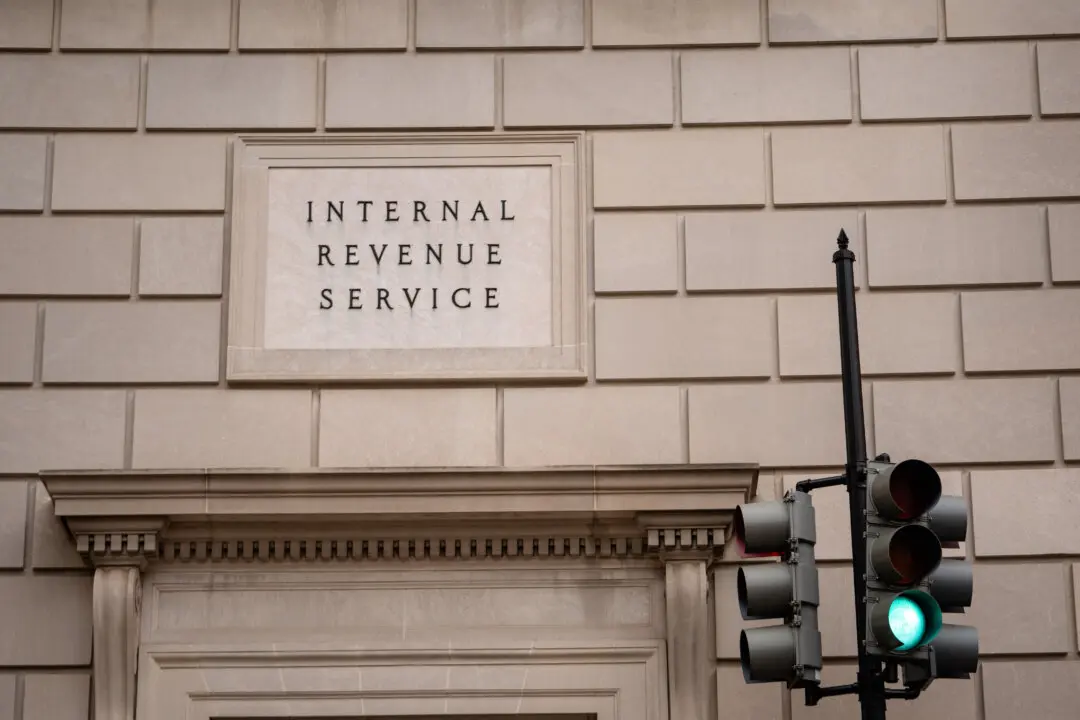The U.S. Postal Service (USPS) has announced plans to make at least 40 percent of its new delivery fleet electric.
Back in February, the USPS had already said that it would procure 165,000 New Generation Delivery Vehicle (NGDV) trucks from Oshkosh Defense, of which 10 percent would be electric.





